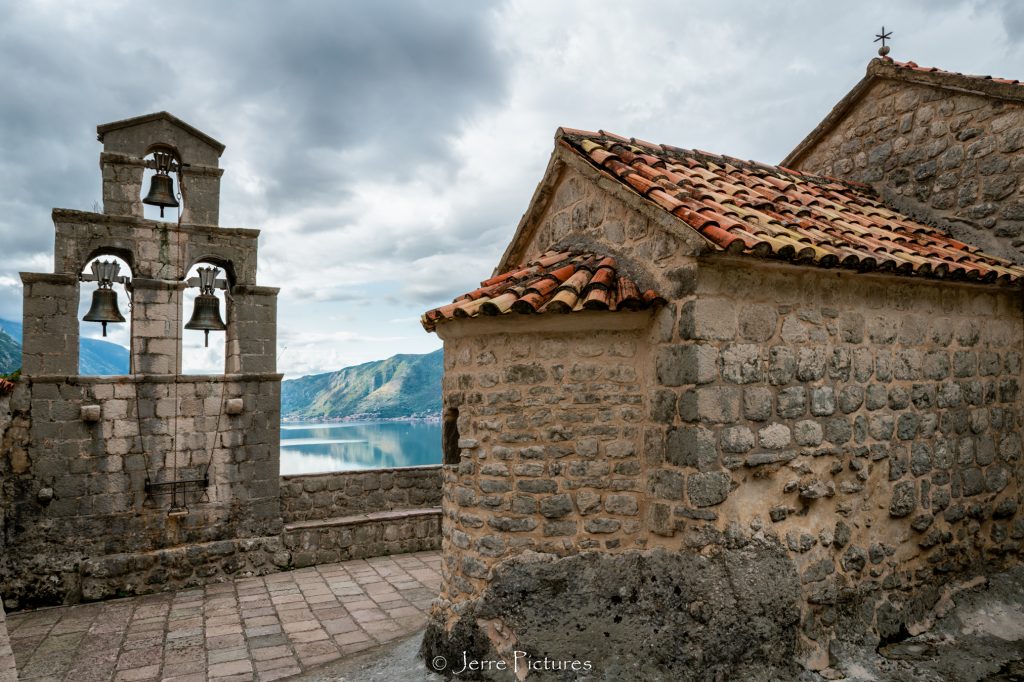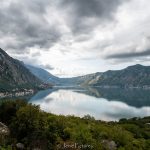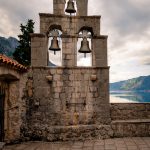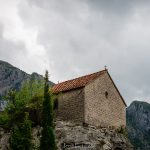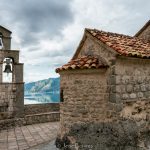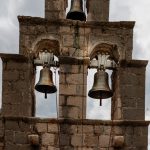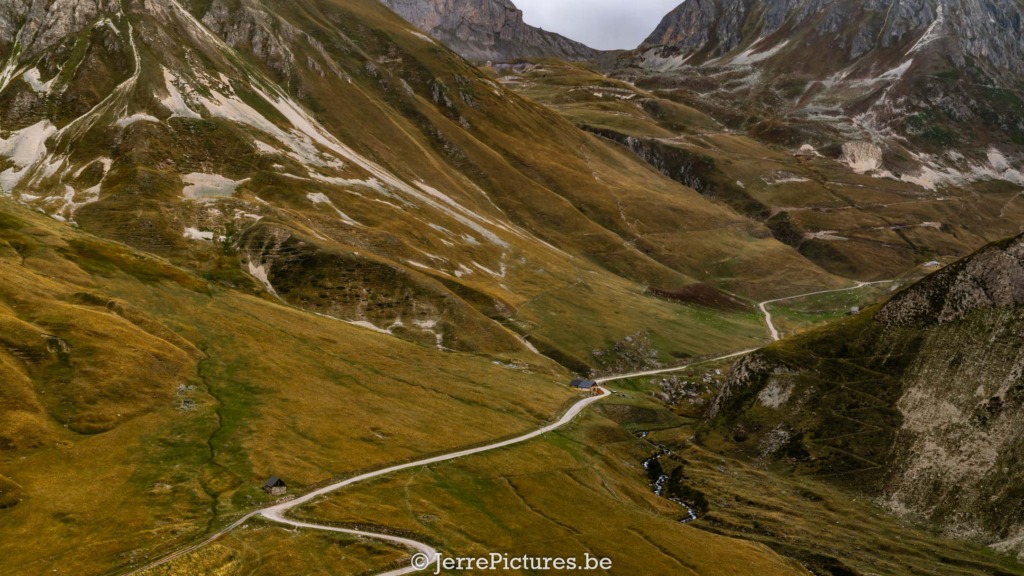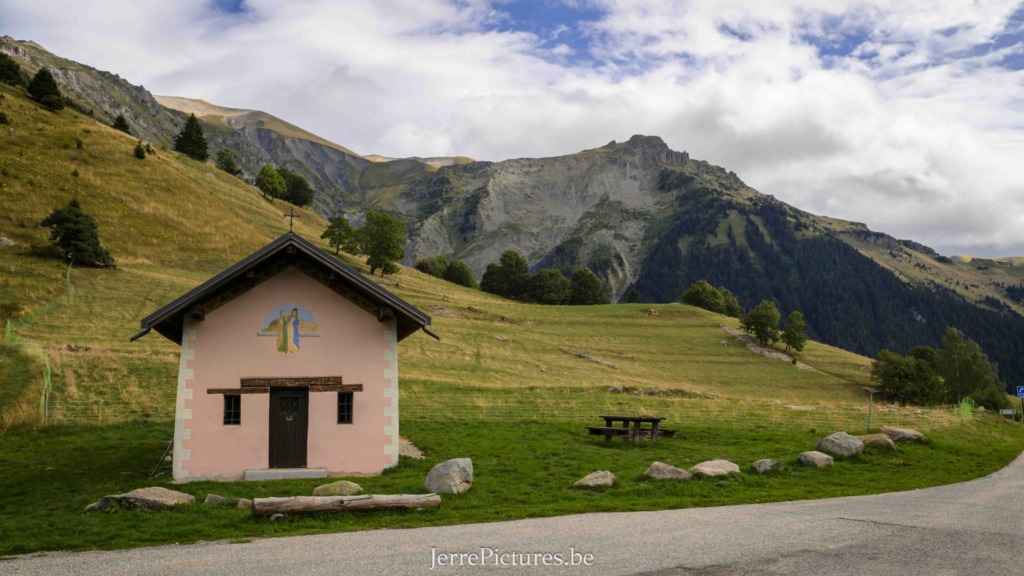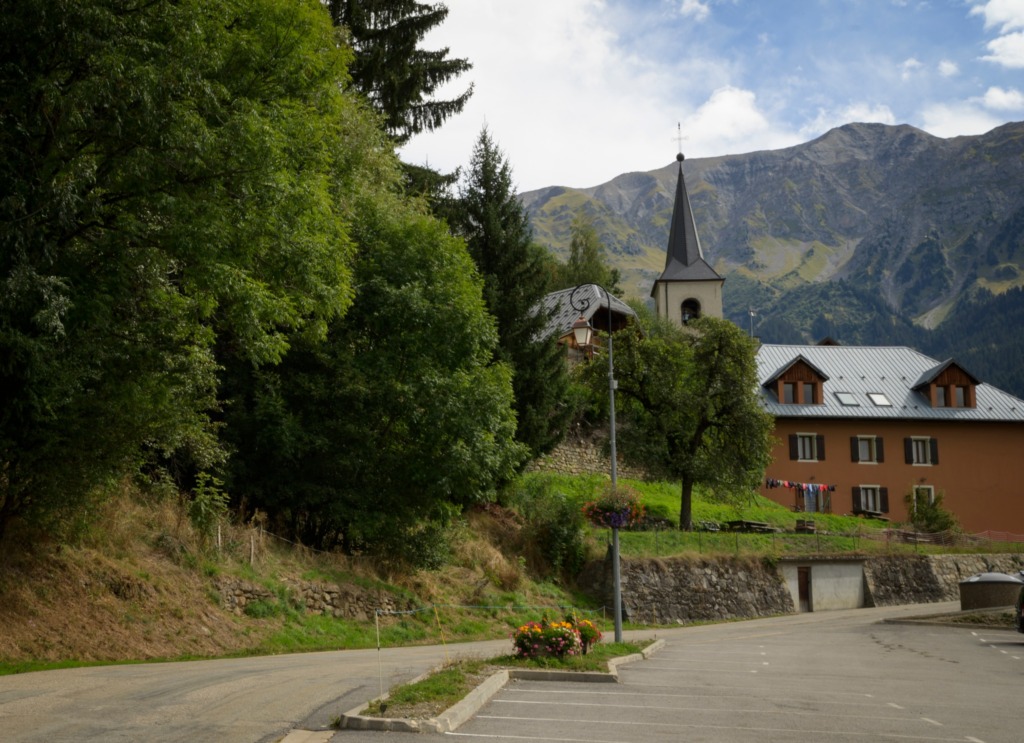The secret of the ‘Saint George Church’
Preparations for my trips always take a lot of time. One of the steps for me is scrolling through digital cartographic maps, and so I came across this little church. Because of its location, cartographically it seemed to be a nice little church with a lot of potential especially because of the possible views. (And I was right). Afterward, I realized through some research, that there is a whole history attached to this church. For example, the statue of the Madonna and Child that was found on the rock in the sea (in 1452) is kept here.

After 1946 this votive day was stopped, the country was then under communist rule and many religious festivities days were banned.
I got the whole story from an article by “Aleksandra Mirković, B.Sc. ethnologist-anthropologist”. ( if someone could put me in touch with her, that would be awesome)
Which was very difficult for me to translate anyway, the main lines with some additions that I linked myself you can be read below
The History of the ‘Saint George Church’
(Crkva Sveti Djordje)
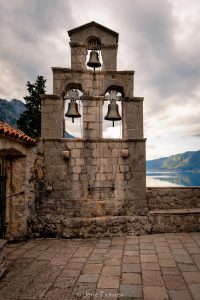
Day on which Christian believers honor the Holy Trinity (Father, Son, and Holy Spirit).
The history of Crkva Sveti Djordje (Church of St. George) in Gornji Orahovac dates back to the medieval period. The village of Gornji Orahovac is located in the Bay of Kotor in Montenegro, and the Church of St. George is one of the oldest and most historic monuments in this area. It likely dates back to the 9th or 10th century and was probably built on the foundation of an older church.
Over the years, the church has undergone many changes and was restored in the 12th and 18th centuries. The church has a unique architectural design and is built in the typical style of medieval churches in this region, with a bell tower on the west side and a semicircular apse on the east side. The church also has a portal with columns and arched entrances.
The Church of St. George is of great cultural and historical significance to the local population. It is not only a religious center but also an important cultural gathering place for the community. The feast of Trinity Sunday is one of the most important events in the life of the community, and it is a tradition that has been celebrated for centuries.
The votive day is another important aspect of the history of the Church of St. George and the villages of Gornji Orahovac. The votive day is a testimony to the deep religious belief of the local people and their dedication to protecting their families and livestock. It was a way to thank God for protection against infectious diseases and to ask for a good harvest.
Transporting lithium was an important tradition in these villages, and it was seen as a sacred responsibility. Lithium was a sacred substance used to bless the villages and their inhabitants and protect them from evil.
Unfortunately, this tradition was banned during the communist regime and has not been revived since the fall of the regime. (The last time lithium was transported through the villages of Gornji Orahovac was in 1946.) Nonetheless, the Church of St. George remains an important cultural and religious monument in the region, and it remains a place of gathering and celebration for the local community.
A deep dive into the story reveals that the history of Crkva Sveti Djordje and all the villages of Gornji Orahovac dates back to the votive day on Trinity Day. This day was celebrated for protection against infectious diseases, mainly cholera, and for a better harvest in the fields. Early in the morning, people gathered in front of the Church of St. George in Donji Orahovac for the liturgy, after which the attendees organized the carrying of the liturgy, the flag, and the icon. The icon of the Most Holy Mother of God, which was found in the sea and is believed to have come from Miholjska Prevlaka, was also carried during the liturgy. The original icon is still in the Church of St. George in Donji Orahovac, while a copy has been made with a silver chain placed on it. This icon is carried during the liturgy with a prayer for protection against cholera, as priests from Prevlaka actually died of cholera.
On Trinity Day, each household slaughtered a goat or lamb to cook and roast, and prosciutto and kaštradina were cut. Rice in goat’s milk that was milked that morning was the main dish served on the table. Each house set up a table in the hall with 12 chairs, and the rice in milk was spread on 12 plates, first shallow and then deep, and then the cutlery was placed. When the liturgy participants passed by, everyone was hospitable and everyone could partake.
